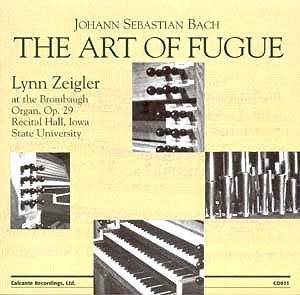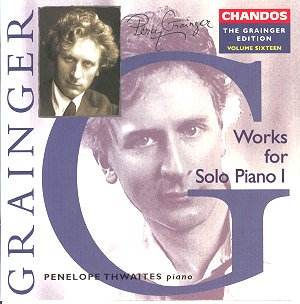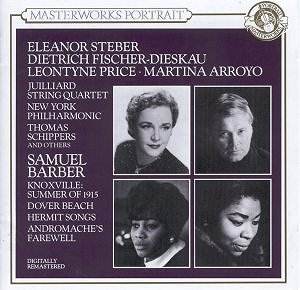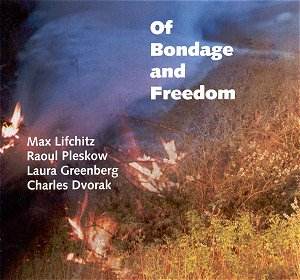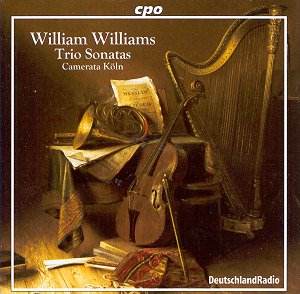 Composer: William Williams (?-1701)
Composer: William Williams (?-1701)
Works: The Complete Instrumental Music: 6 Trio Sonatas Op. 1, Duet in F for 2 Recorders, Sonata in D Minor for Recorder and B.C.
Performers: Camerat Köln: Michael Schneider, Sabine Ambos (recorders), Ingeborg Scheerer, Verena Schoneweg (violins), Sabine Bauer (harpsichord and organ), Rainer Zipperling (violoncello and viola da gamba)
Recording: DLF Köln, Sendesaal, January 2001
Label: CPO 999 813-2
William Williams, a somewhat enigmatic figure of late 17th-century British music, emerges from the shadows with this commendable recording of his complete instrumental works, primarily his six trio sonatas. Dedicated to James, Earl of Anglesey, Williams’s compositions reflect a sophisticated understanding of the musical language of his time, echoing the stylistic nuances of contemporaries such as Henry Purcell. The music not only captures the essence of the English baroque but also provides insight into the vibrant cultural milieu of early modern Wales, where Williams likely originated.
The performance by Camerat Köln is marked by a nuanced understanding of Williams’s idiom, bringing forth both the technical and expressive qualities inherent in the score. The ensemble’s interpretation of the opening Trio Sonata no. 6 in F, subtitled “In imitation of birds,” exemplifies an effective blend of ornamentation and melodic dialogue between the recorders, played with remarkable synergy by Schneider and Ambos. Their interplay, particularly in the lively gigue-like Allegro, showcases a dynamic use of rhythm and articulation that evokes the fluttering character of its avian inspiration.
Sabine Bauer’s choice of the positive organ for the trio sonatas in minor keys adds a layer of depth and resonance, perfectly complementing the darker tonal palette. The articulation of the fugal passages at the conclusion of each sonata reveals a deftness in counterpoint that is often overlooked in lesser performances. For instance, in Sonata no. 2, the rapid scurrying scales executed by the cello and harpsichord are not merely technical flourishes—they are emotionally charged, imbuing the work with a sense of urgency and vibrancy that feels both contemporary and rooted in its historical context.
The recording quality is equally commendable, capturing the ensemble’s sound with a clarity that allows the intricate textures of Williams’s music to shine through. The balance between the instruments is well-maintained, ensuring that the recorders’ bright, bird-like timbres do not overpower the more grounded strings and continuo. This natural, unobtrusive sound engineering enhances the overall listening experience, allowing the nuances of articulation and phrasing to be fully appreciated.
The inclusion of the Duet in F for two recorders and the Sonata in D Minor, described by Williams as “A Sonata for a Single Flute,” expands the scope of the disc beyond the trio sonatas. These works further exemplify Williams’s inventive harmonic language and intricate melodic lines. The absence of continuo in the Duet offers an intimate glimpse into the composer’s chamber music style, while the Sonata for a Single Flute provides a singular showcase for the recorder’s expressive potential, further reinforcing the instrument’s prominence during this period.
Williams’s music, marked by its wit, elegance, and technical sophistication, is rendered with both authenticity and artistry by this ensemble. As a testament to a composer whose works were nearly lost to history, this recording not only revitalizes interest in his contributions to baroque music but also serves as a vital link in the rich tapestry of early British musical heritage. The thoughtful interpretations and high-quality production present a compelling case for Williams’s place in the canon of baroque composers, making this disc an essential addition for both connoisseurs and newcomers alike.
